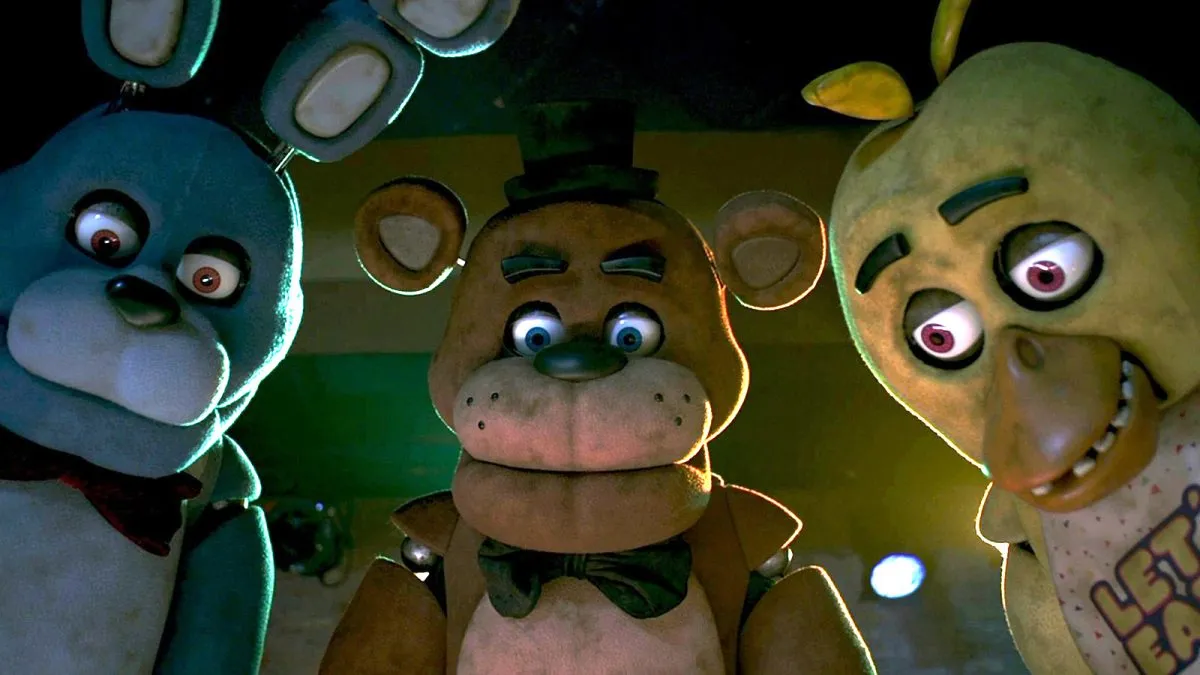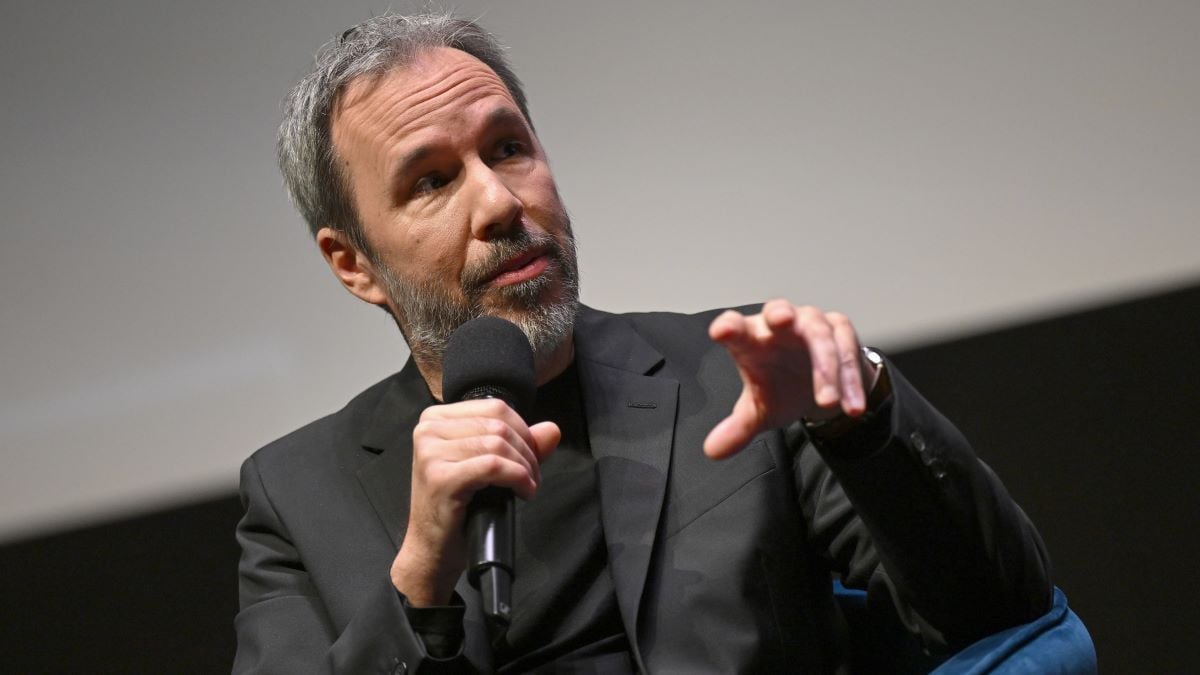Five Nights at Freddy’s has proven all the haters wrong by being a tremendous box office success even if it has a dismally low Rotten Tomatoes score. However, might it be that one of its major criticisms was also a key to its box office dominance?
The movie was roundly criticized for not actually being scary despite it being based on a horror video game with a reputation as one of the most terrifying interactive experiences in modern memory, thanks to its slow-burn approach to a number of effective jump scares. I came to a similar conclusion in my own review of the movie, finding it disappointingly not scary at all, despite having not played the games on which it’s based.
All of this begs the question: If FNaF is a horror film that failed to be scary, why did it break so many records with its $131 million global box office return on a meager $20 million budget? As The Mary Sue reported, the film boasts the biggest opening for a Blumhouse movie, is on track to become the biggest opening for a film on NBC’s streaming service Peacock, and FNaF‘s $80 million North American opening represents the fifth highest domestic debut weekend in October, ever. What could be the cause of this?
Perhaps this can all be traced back to the fact that FNaF‘s fanbase is quite young. As flawed as the movie was, it was considered incredibly accurate to the lore of the games, with creator Scott Cawthon even being credited as a co-writer. According to ABC News, 80 percent of tickets sold were to patrons under 25, with 38 percent being in the 13-17 range. There’s also been anecdotal evidence from reviewers saying they saw groups of kids at the theater 12 and younger who apparently were given permission to see the film by their parent or guardian in attendance with them. Now why would a grown-up allow their kid to see a scary movie? If it isn’t scary, of course.
You see, even though it is considered a critical flaw for FNaF to be not scary, it could also be a genius marketing move on the part of Blumhouse. After all, if a movie is too scary, why would any parent in their right mind let their kid see it? The Ring is also PG-13, but it’s also pants-soiling scary, so why would any parent allow a younger kid to see it, even with the absence of straight-up gore?
We’re not trying to be conspiracy theorists here, but we must imagine that the filmmakers and producers knew of the FNaF fanbase being on the younger side, and specifically catered the movie to them. After all, the pop culture reach of FNaF extends far beyond just the games — as the many comic books, toys, and countless YouTube “Let’s Play” videos on child-friendly channels can attest.
If you’re halfway curious about the global phenomenon that is Five Nights at Freddy’s, it is playing at a theater near you and streaming on Peacock.






Published: Oct 30, 2023 08:33 pm